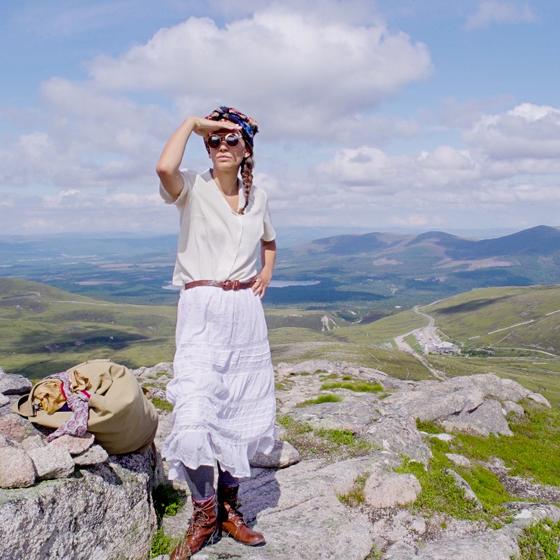Hari Budha Magar on the challenges of climbing with two prosthetic legs, challenging a mountain ban, and how he plans to celebrate conquering the world’s highest peak
10 March, 2023
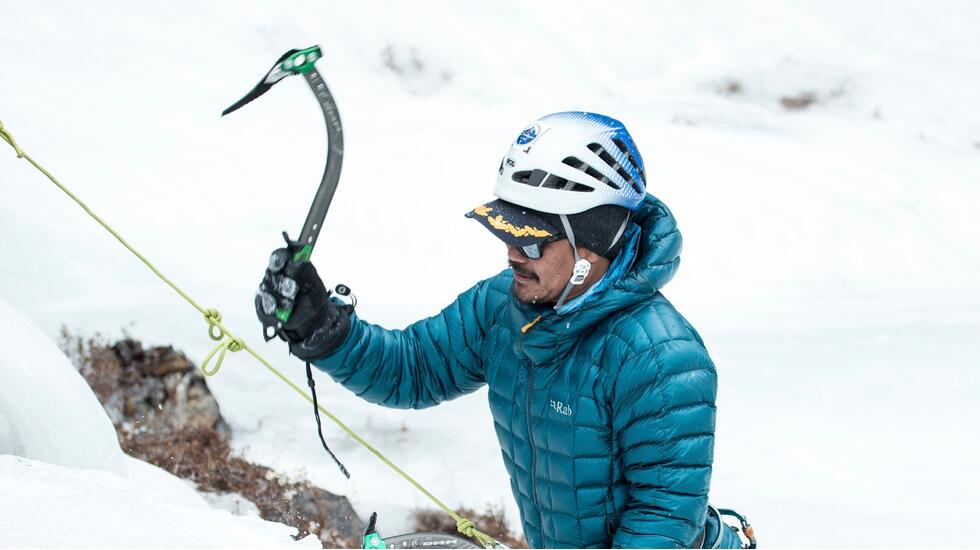
I
was born in a cow shed in a remote village in western Nepal about 2,700m above sea level. I’ve always been
fascinated by Mount Everest. As a child, you’re told it’s the
tallest peak in Nepal, and the world. We Nepalese are very proud of
it.
I grew up during the Nepalese Civil War, in which more than
17,000 people were killed. I was lucky to join the Royal Gurkha
Rifles and served for 15 years. In the year I joined, there were
more than 12,000 applicants, but only 204 were successful. In 2010,
I lost both my legs above the knee after stepping on an improvised
explosive device during a tour of Afghanistan. The journey from
when I lost my legs to now has been hard, with lots of
unknowns.
I didn’t know much about having a disability before it happened.
In Nepal, disabled people are often seen as a burden, and your
disability as a reflection of sins in a previous life. So, that’s
what I felt when it happened to me. I thought my life was
finished.
Then, slowly, I started learning how to use my prosthetics and
how to use a wheelchair. It took over 12 months, but I started
testing what I could do physically, trying different sports and
activities. My confidence came back, slowly, step by step, and I
realised that anything is possible – you just have to take a
different approach. I was the first disabled person to ski in
Nepal. I won a gold medal in artillery at the Endeavor Games, and a
bronze for table tennis. Then, I did a few skydives. I climbed Ben
Nevis, Kilimanjaro and Mont Blanc with prosthetic legs, and I was
the first double above-knee amputee to summit a mountain over
6,000m. I became the first amputee to kayak around the Isle of Wight, and then I kayaked 748km along
Alaska’s Yukon River. Sure, I’d need a little bit of help taking my
kayak to the river bank, but once I was in, I was off. And I’m
always the best.
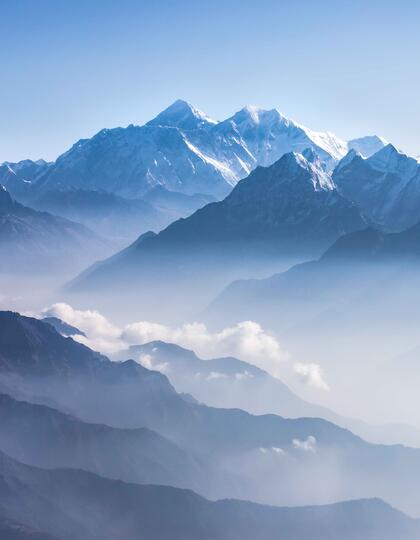
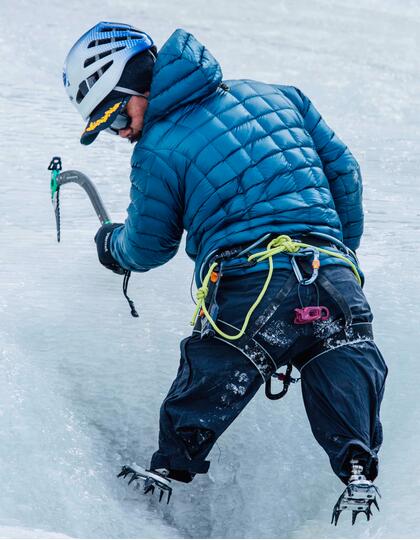
Hari Budha Magar, set to be the first above-knee double
amputee to scale Everest.
In 2018, the Nepalese government banned double amputees from
climbing in the country, and I joined forces with other climbers
and disability organisations to try and overturn the ban. They
should be supporting us, not banning us. We won, and last spring, I
was the first amputee to walk all the way to the Everest base camp.
Finding the right prosthetic legs for climbing on ice and snow was
a challenge. My limb centre was not able to provide any, but
luckily, I had a friend in the US who sent me some modified
crampons, which we’ve been able to develop further. They still need
work and they’re not commercially viable, but I can walk on them,
and climb a mountain with them. Right now, we’re adding a heating
circuit. I wear silicone liners, like socks, under the legs. It’s
important to control the temperature to make sure I don’t lose any
more limbs.
About 15 per cent of the world’s population is disabled. I never
knew that I would get injured, or become disabled, but it happens
every day. Our disability might be our weakness, but it doesn’t
mean we can’t do anything.
We have to approach the climb differently to a typical Everest
expedition. There will be between 15 and 18 people in my team. Of
those, about eight Sherpas and myself and my climbing leader will
be climbing beyond the base camp. It’ll be slightly different to a
typical expedition. I’m three times slower and I burn three times
more energy than a typical mountain climber, but I’m good, and
possibly even better than most people at going up ladders and
hauling up faces. There are typically four camps on Everest during
an expedition, but we’ll be looking to make five or six.
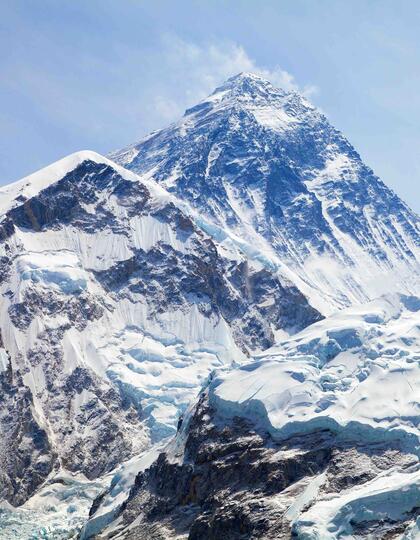
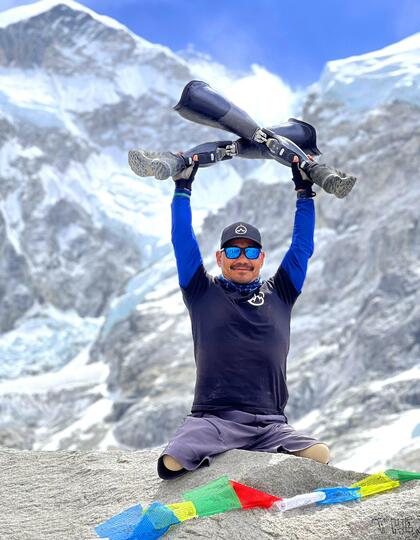
Hari Budha Magar reached Everest’s base camp last
year.
This year is the 70th anniversary of the first ascent of
Everest. Tenzing Norgay and Edmund Hillary required hundreds of
porters on the first expedition. There were no aluminium ladders at
the time, and they made about 10 camps. So, in comparison, our
expedition is really, really small. But it’s still three or four
times bigger than a normal climb.
My main aim is to increase awareness of disability and change
people’s perceptions. I know how disabled people are treated around
the world and it needs to change. This is going to be a piece of
history and a great achievement for human endeavour, but I also
want to inspire people to climb their own mountains. I grew up
looking at the mountain, and dreaming of Edmund Hillary and Tenzing
Norgay’s expedition. For me, it’s about completing those
dreams.
When I get to the summit, I’ll just think “we did it”. Maybe
I’ll give a hug to everyone, and if visibility is good, take a look
around. And then I’ll want to get down as fast as possible.
To support Budha Magar’s summit attempt, visit haribudhamagar.com
